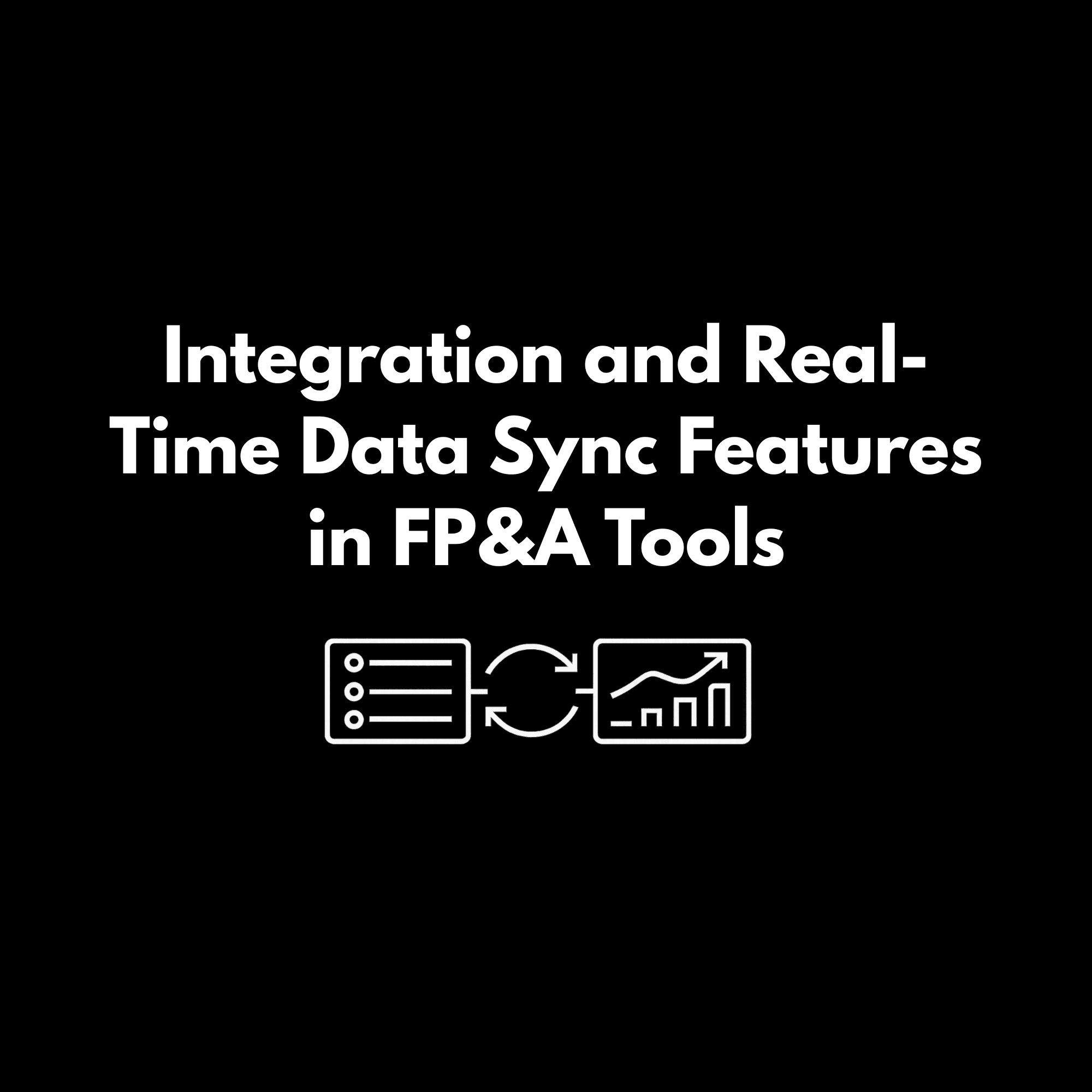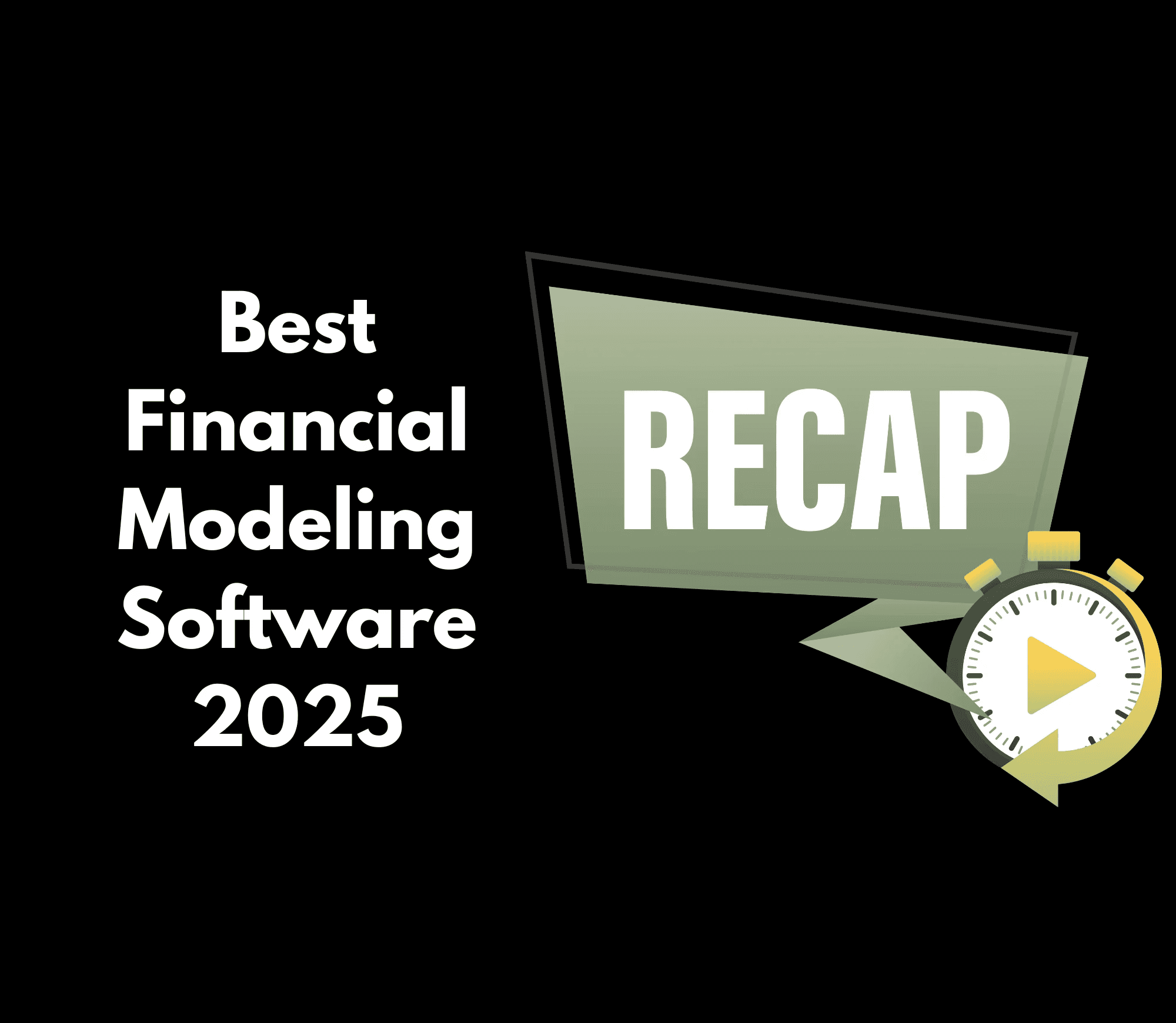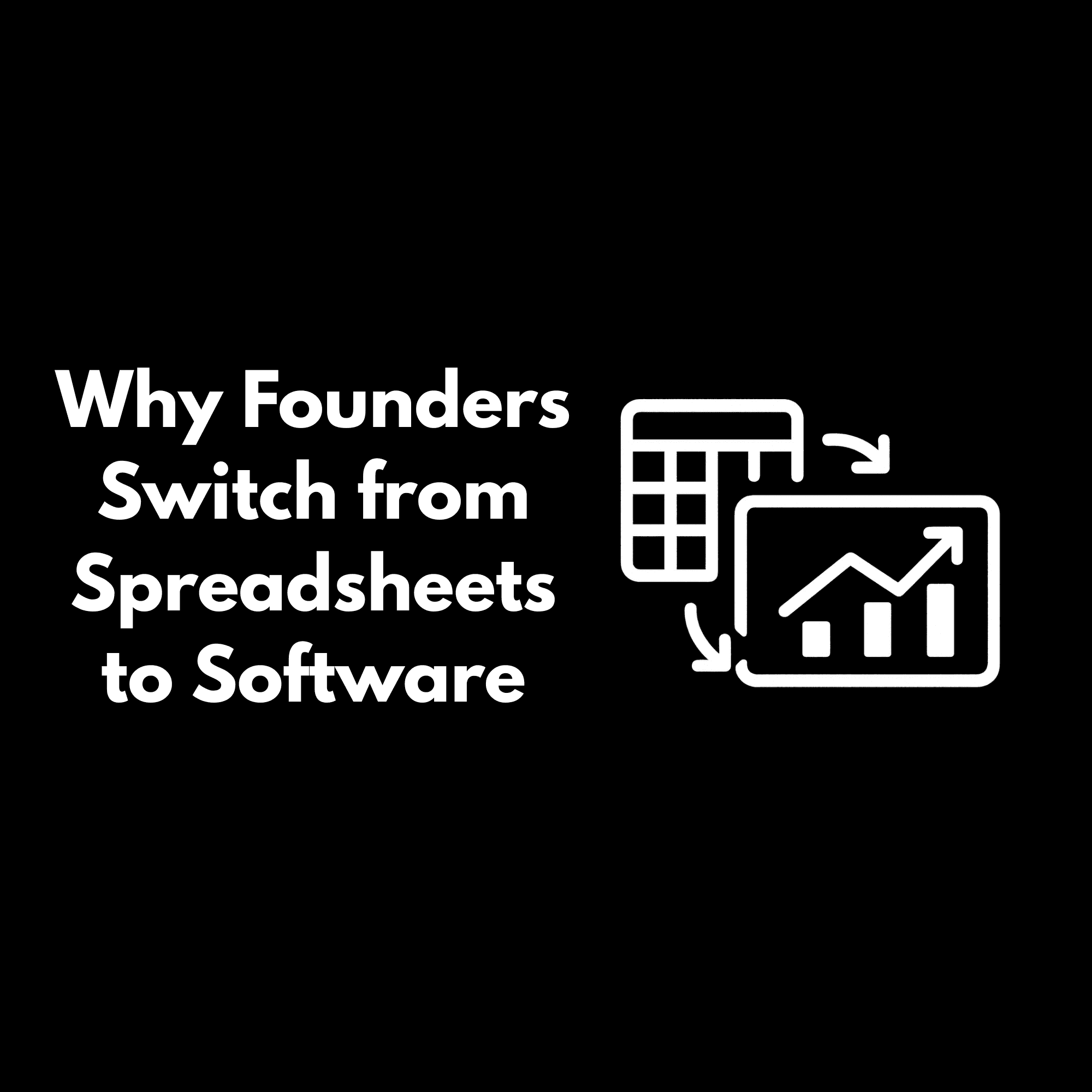Blog
Finance Advice
What Startup Founders Can Learn From Forecasting
Forecasting gives founders clarity on runway, hiring tradeoffs, and financial strategy while building confidence through scenario planning. With Parallel, forecasting becomes a real-time advantage that turns uncertainty into smarter decisions.

Renato Villanueva
CEO & Cofounder
Sep 25, 2025
Founders wear a dozen hats. You are the chief salesperson, recruiter, CEO, CFO, and many more. One of the most overlooked roles you play is chief forecaster. Whether you realize it or not, the way you think about forecasting shapes how you make decisions, when you fundraise, and how confidently you steer your company.
So, what exactly can a founder learn from forecasting? It’s a lot more than just how much money is in the bank.
1. Clarity on Runway and Burn
The most immediate lesson is understanding how long you can keep going at your current pace. Forecasting teaches you the relationship between burn rate, cash balance, and runway.
This is not just math, it is foresight. A founder who knows their runway can plan a fundraise months in advance, avoid last-minute panic, and walk into investor meetings with credibility.
2. When and Why to Hire
Every new hire is both a cost and an opportunity. Forecasting helps you answer:
What happens to runway if I hire those three engineers now?
How does delaying a sales hire by one quarter affect revenue goals?
If attrition is higher than expected, what does that mean for productivity?
Through forecasting, founders learn that hiring is not just about filling seats, it is about balancing burn with growth outcomes.
3. The Value of Scenario Thinking
Forecasting is about preparing for many possible futures, not just one future. By running scenarios, founders discover how different choices ripple across the business.
What if revenue slows by 15 percent?
What if churn increases?
What if the fundraising round takes six months instead of three?
This mindset is powerful. It turns surprises into manageable risks rather than existential crises.
4. How Metrics Connect to Strategy
Forecasting teaches founders that numbers are stories about strategy. CAC, LTV, gross margin, and MRR all tie directly to how you grow and when you scale.
Learning to connect financial forecasts to strategic levers means you can communicate more clearly with your board, investors, and team. Instead of presenting spreadsheets, you present a narrative: Here is where we are, here is where we could be, and here is how we’ll get there.
5. Confidence in Decision-Making
The most underrated lesson from forecasting is confidence. Founders who forecast regularly learn how to make faster, sharper decisions because they can see the downstream effects. Instead of second-guessing every choice, you move forward knowing how different scenarios will play out. Seeing problems and issues before they happen will save you and your startup from a lot of future trouble.
How Parallel Helps Founders Learn Faster
This is where Parallel comes in. Traditional forecasting in spreadsheets is slow, error-prone, and always out of date. Parallel gives founders a live, AI-powered forecasting system that grows with the business.
Real-time updates so your forecast reflects actual data, not stale assumptions.
Instant scenario modeling so you can test tradeoffs in seconds.
CFO-level guidance so you understand not just the numbers but the meaning behind them.
With Parallel, forecasting is a strategic advantage not a chore.
Learning to Build, Not Just React
So, what can a founder learn from forecasting? You learn how to see further, decide faster, and lead with clarity. Forecasting is not about perfect predictions; it is about building a mindset of preparedness.
With Parallel, that mindset becomes your operating system.
Start forecasting smarter with Parallel today.
FAQs
How often should a founder update their forecast?
Founders should update forecasts at least monthly, or more frequently when key business inputs shift (e.g. hiring, churn, funding changes). This keeps projections aligned with reality and maintains decision-making flexibility.What’s the difference between forecasting and scenario modeling?
Forecasting is your base projection, or what you expect to happen under normal conditions. Scenario modeling tests alternate futures (e.g. slower growth, delayed hires, revenue dips) so you can stress test your business before variance hits.Which metrics become more meaningful through forecasting?
Forecasting links metrics like burn rate, runway, CAC, LTV, and gross margin to future outcomes. Instead of static numbers, you see how changes in one metric ripple across your business.How does forecasting help in investor conversations?
It shows you’re not flying blind. When investors see you can walk through multiple scenarios, justify assumptions, and explain how you’ll react to risks, it builds confidence and credibility.Why is forecasting confidence more valuable than forecast precision?
In high-uncertainty environments, being precisely wrong is less useful than being directionally right and confident. Forecasting trains you to anticipate trade-offs, make decisions under ambiguity, and adjust quickly.

Renato Villanueva
CEO & Cofounder
From hiring to fundraising, Parallel helps startups make faster, more confident decisions with a financial forecast they trust.



